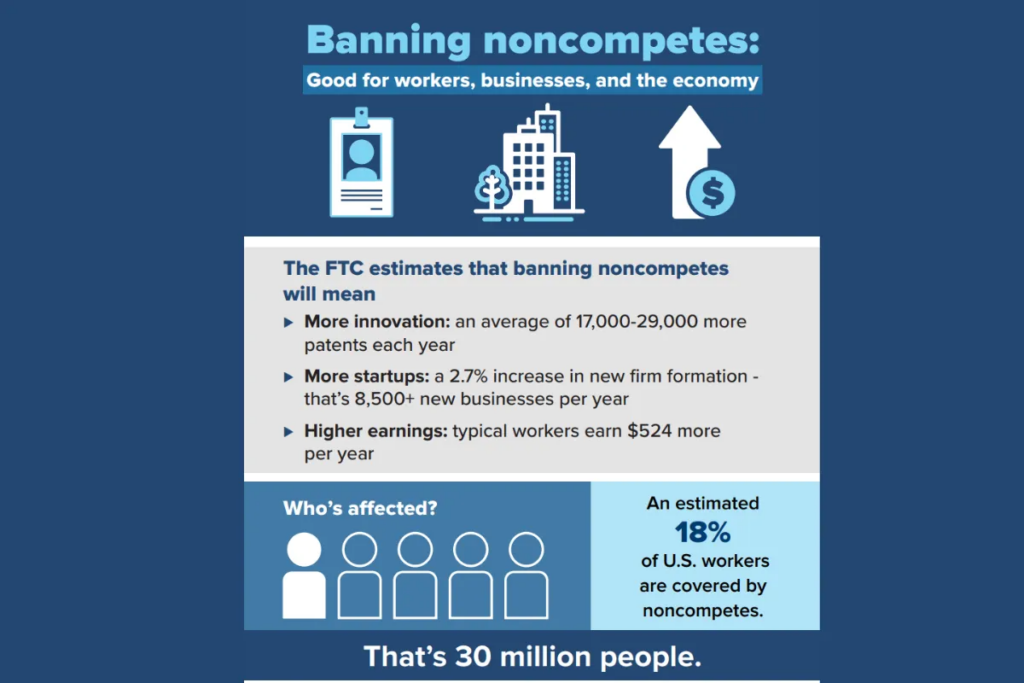In a significant move aimed at safeguarding indoor workers, the California Division of Occupational Safety and Health (Cal/OSHA) has approved a long-awaited indoor heat illness standard, slated to go into effect Aug. 1, 2024. This standard, designated as Section 3396, mandates crucial protections for workers in indoor environments where temperatures reach 87 degrees Fahrenheit or higher.
Understanding the New Standard
The Section 3396 standard requires employers to take proactive measures when indoor temperatures reach specific thresholds:
- Temperature Thresholds: Employers must reduce room temperatures and provide cool-down options when indoor temperatures are at 87 degrees Fahrenheit or above.
- Special Conditions: For workers wearing poorly ventilating protective clothing or those near heat sources, measures must be in place when temperatures hit 82 degrees Fahrenheit.
Employer Responsibilities
To comply with the new standard, California employers will need to implement several key measures:
- Cool-Down Options: This includes providing access to cooler workspaces, air conditioning or fans, designated cool-off zones, and free access to cold water.
- Heat Illness Monitoring: Supervisors are required to monitor conditions closely during heat waves, especially for new employees who are acclimatizing to the environment.
- Emergency Response: Employers must establish procedures for responding to heat-related emergencies promptly, ensuring access to medical attention if needed.
Training Requirements
Both employees and supervisors must undergo training on heat illness prevention:
- Employee Training: Covers risk factors, recognition of heat illness symptoms, procedures for accessing cool-down areas, and the importance of hydration.
- Supervisor Training: Includes additional responsibilities such as implementing heat illness prevention procedures, monitoring weather conditions, and responding to potential heat-related emergencies.
Exceptions and Rationale
The standard does not apply to workplaces that do not reach the specified temperature thresholds indoors or to remote workplaces beyond employer control. The initiative stems from California’s existing outdoor heat illness prevention standard, introduced in 2006, which previously did not extend protections to indoor workers.
Why It Matters
California’s move comes amid increasing concerns over worker safety in warmer climates, particularly after record-breaking temperatures in recent years. Heat-related illnesses such as heat stroke and heat exhaustion pose severe risks to workers, with approximately 1,000 workers in California filing compensation claims annually due to heat exposure.
Conclusion
As California continues to lead in workplace safety regulations, the new indoor heat illness standard marks a critical step toward ensuring the well-being of indoor workers across various industries. By implementing these measures, employers not only enhance workplace safety but also mitigate risks associated with heat-related illnesses, ultimately fostering a healthier and more productive workforce.
For additional details, please follow these links:
Comparison Chart of Indoor and Outdoor Heat Illness Prevention Standards
dir.ca.gov
The information provided here is intended for informational purposes only and should not be construed as legal advice. We strongly recommend consulting with a qualified legal professional for any legal advice pertaining to your company.










